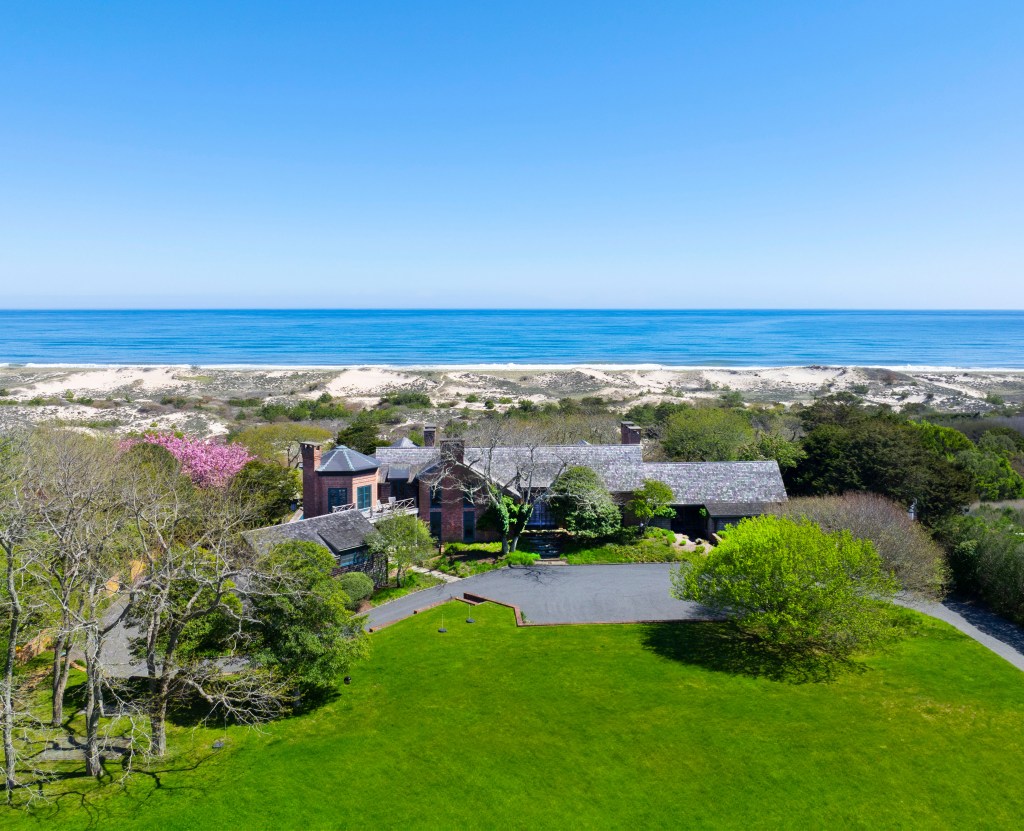The Long Pour: Perfect Wines to Toast Thanksgiving

Beaujolais…for Thanksgiving? Groundbreaking.
Though popping Beaujolais Nouveau to pair with turkey and gravy has become an American cliché, there is so much more to the world of Beaujolais beyond this simple juice. Once the toast of the fall dining table, Beaujolais Nouveau peaked hard in the mid-’90s. However, by the time Carrie Bradshaw was back with Mr. Big (for the second time), the Beaujolais market was in such a tough spot that the majority of grapes were sold as industrial alcohol or left to rot on the vine. The American thirst for easy-drinking, sweet and basic Beaujolais Nouveau had vanished along with the plaid and grunge of the ’90s.
Since their fall from fame, Beaujolais producers have done a complete 180 to focus on well-made, low-intervention wines that clearly express their individual terroir—much to the wine world’s delight. Beyond Beaujolais and Beaujolais-Village, the entry-level designations for the region, there are 10 Crus—sub-regions that share similar geological characteristics in the vineyards and tasting notes in the glass.
The 10 Crus include Saint-Amour, Julienas, Chenas, Chiroubles, Fleurie, Moulin-a-Vent, Morgon, Regnie, and Cote de Brouilly/Brouilly. All red wines from this region must be made with the Gamay grape, making any tasting of these wines a deep-dive into the nuances of this grape as expressed through the lens of each of these 10 different regions.
We love Cru Beaujolais for its acidity and structure on the dinner table, for its superb value and consistency in restaurants, and its “crowd pleaser” status as a recommendation to friends and family. Try them all this fall, and start with a few of our favorites:
Moulin-a-Vent
Perhaps the greatest match with the American palate, Moulin-a-Vent is famous for its structure and aging potential (10–20 years from harvest). It is one of the few Beaujolais wines to be aged in oak casks, adding tannins, structure and length. As it ages, the youthful notes of cherry (both of fruit and blossoms) are matured into a sophisticated expression of truffle, spice and violet.
Moulin-a-Vent wine labels are typically bestowed with the image of the commune’s iconic windmill (Moulin is French for mill), and legend has it that the best grapes come from the area directly around the windmill where the pink granite soil is at its peak.
Pair With: Duck breast, Thanksgiving turkey, lasagna
Quick Notes: Highest tannins, greatest aging potential, most prestigious
Morgon
Morgon is a favorite for collectors and wine geeks, with a sterling record for aging gracefully. Its soil has the somewhat unappetizing name of Roche Pourrie or “rotten rock,” owing to the fact that the flakey, crumbly rocks are actually almost completely eroded schist and ancient volcanic soils.
Because its aging abilities are so legendary, ‘Morgon’ is now often used as a verb to describe the maturing process of the wine as it turns from a young, fruity Beaujolais to a more serious quaffer, redolent of a Burgundian Pinot Noir.
Pair With: Beef tacos, cherry cheesecake, bacon
Quick Notes: Powerful, ripe cherry, meaty
Fleurie
Fleurie is the most feminine of all Beaujolais, with delicate, elegant and floral flavors. Gentle tannins, low acidity and a round finish make this wine a delicious aperitif or patio pounder.
True to its feminine nature, Fleurie is not one sided – we’ve found more nuance within this appellation among producers than other Crus. Drink young for notes of fresh cut flowers and raspberry, or age for up to 5 years for touches of nutmeg and dried flowers.
Pair With: Smoked salmon, grilled cheese, berries
Quick Notes: Delicate, floral, patio pounder
St. Amour
Selling one third of its production on Valentine’s Day, St. Amour offers more than just a romantic name—it’s the lightest, most velvety of the 10 Crus, owing to the fact that the vineyards are located the furthest North. Local lore credits the name to St. Amateur, a Roman soldier who escaped death in battle and established a monastery in the commune that later became Saint-Amour.
St. Amour comes in two styles: one is light, fruit and easy-drinking, meant to be consumed young, while the other is bold, intense and structured that can be enjoyed 4–12 years after the harvest. Because the topography of the region combines hillside vineyards and warm, dry winds, the instance of fungal disease is rarer than any other Beaujolais region and organic farming is easily attained.
Pair With: Indian curry, unagi sushi, brie cheese
Quick Notes: Red berries, velvety tannins, spiced peaches
Brouilly and Cote de Brouilly
Brouilly is famous for its volcanic rock and “Brouilly blue stone” that, along with a healthy dose of sunshine, give the wine a powerful, mineral and spicy character. The most Southerly of all Crus, Brouilly wines are the heaviest on the palate with notes of plum, blackberries, licorice and earth.
The volcanic Mont Brouilly is not the only unique topographical element of this region. Found only in the Brouilly and Chiroubles Crus is a white clay similar to bentonite (loved by viticulturists and estheticians equally for its fining properties). The presence of this clay increases water retention in the soil, a boon for warm, early-ripening vintages and making for a low-risk purchase across all vintage years.
Pair With: Thai style mussels, BBQ ribs, paella
Quick Notes: Intense, purple fruit, spicy
James Mallios and Kylie Monagan are Partners in Calissa Restaurant at 1020 Montauk Highway in Water Mill. Visit CalissaHamptons.com.



